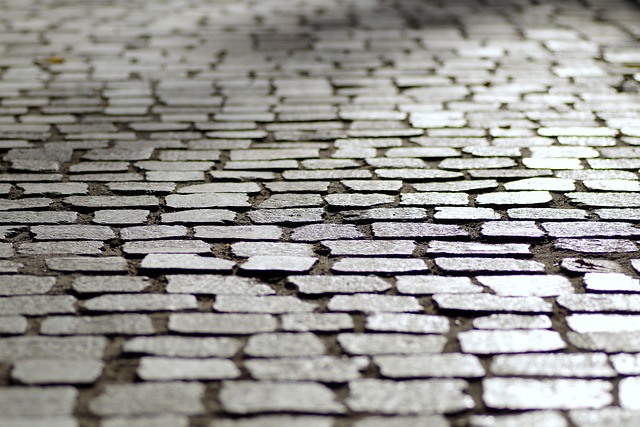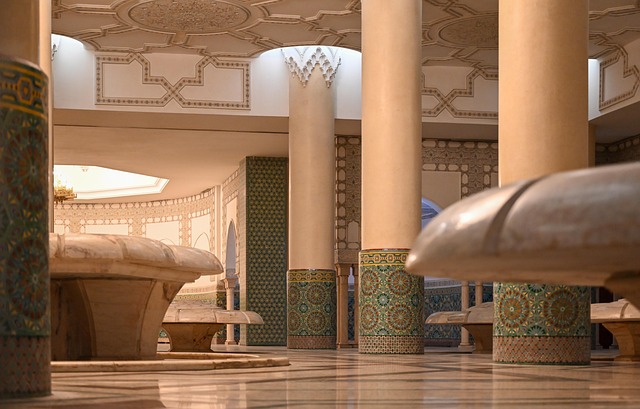Mosaik Magic: The Fine Art of Decorative Pavement in Culture
The world around us is often defined by the surfaces we tread upon. From the rustic cobblestones of ancient villages to the intricate patterns of modern urban landscapes, decorative pavement serves not just as a functional element, but as a canvas for artistic expression. This unique intersection of fine arts and culture transcends mere aesthetics; it reflects the stories, traditions, and values of societies throughout history.
Let’s dive into the enchanting realm of decorative pavement, where each tile and stone is carefully placed to tell a story. Mosaik, a term that evokes a sense of craftsmanship and creativity, represents the artistry involved in transforming mundane pathways into breathtaking masterpieces. For centuries, cultures around the globe have embraced this form of art, leaving a legacy that continues to inspire contemporary designers and artists.
In ancient Roman cities, elaborate mosaic floors adorned the homes of the wealthy, showcasing intricate designs that depicted mythological themes, natural scenes, and daily life. These pavements were more than just decorative; they were status symbols, reflecting the owners’ wealth and cultural sophistication. Each piece of stone or glass was meticulously arranged, allowing artists to breathe life into their vision as they crafted intricate patterns that captured the essence of the time.
Fast forward to the modern era, and we find that decorative pavement continues to thrive. Contemporary artists now reinterpret traditional techniques, merging them with new materials and innovative designs. Public spaces have become vibrant galleries of fine arts, inviting pedestrians to interact with art on a daily basis. Imagine strolling through a bustling city square, the ground beneath your feet a mosaic of bold colors and shapes that beckon you to pause and appreciate the craftsmanship involved.
The cultural significance of decorative pavement extends beyond the visual appeal. It fosters a sense of community and belonging. Towns and cities curate their identities through unique pavement designs, often celebrating local culture, history, and heritage. Festivals and events are often held to honor these artistic expressions, bringing people together to appreciate the dedication that goes into maintaining and renewing these works of art.
Moreover, the ecological aspect cannot be overlooked. As cities grapple with issues such as urban heat and water runoff, sustainable decorative pavement solutions are emerging. Eco-friendly materials and design principles are redefining how we view pavement. Artists and designers aim not only to beautify urban spaces but also to contribute positively to environmental conservation.
In conclusion, the allure of decorative pavement lies not just in its visual appeal but in its profound connection to culture and community. It stands as a testament to the rich history of human creativity, reflecting our evolution as a society that values the intersection of art and the everyday. The next time you walk along a beautifully tiled path, take a moment to appreciate the artistry beneath your feet—a world of stories waiting to be discovered in the mosaic magic of decorative pavement.




